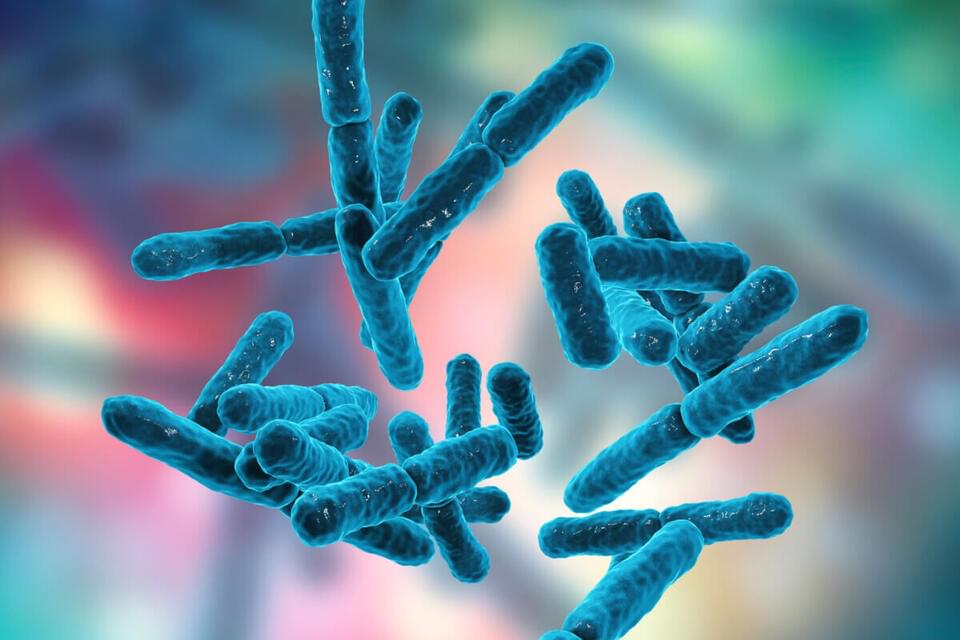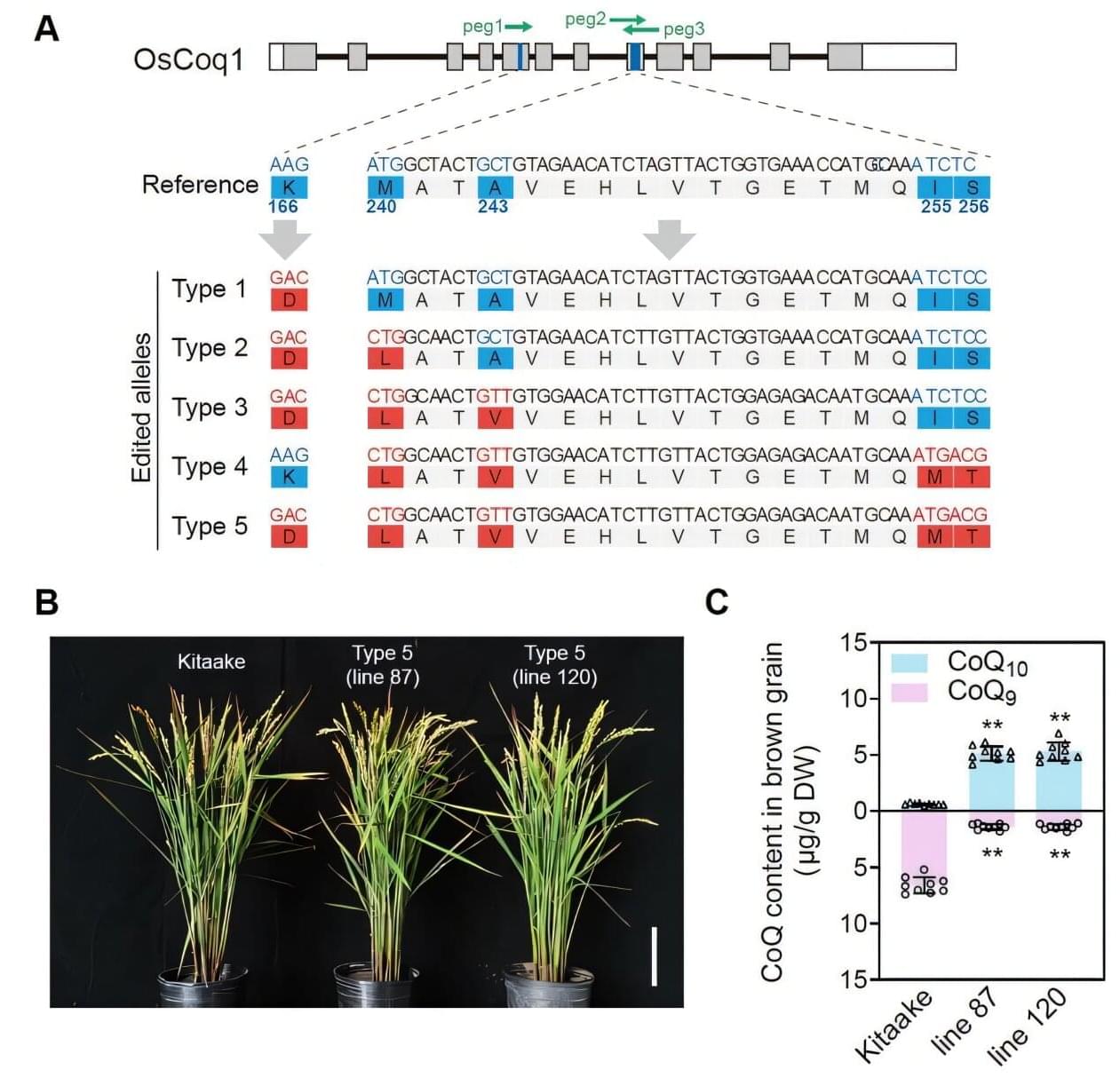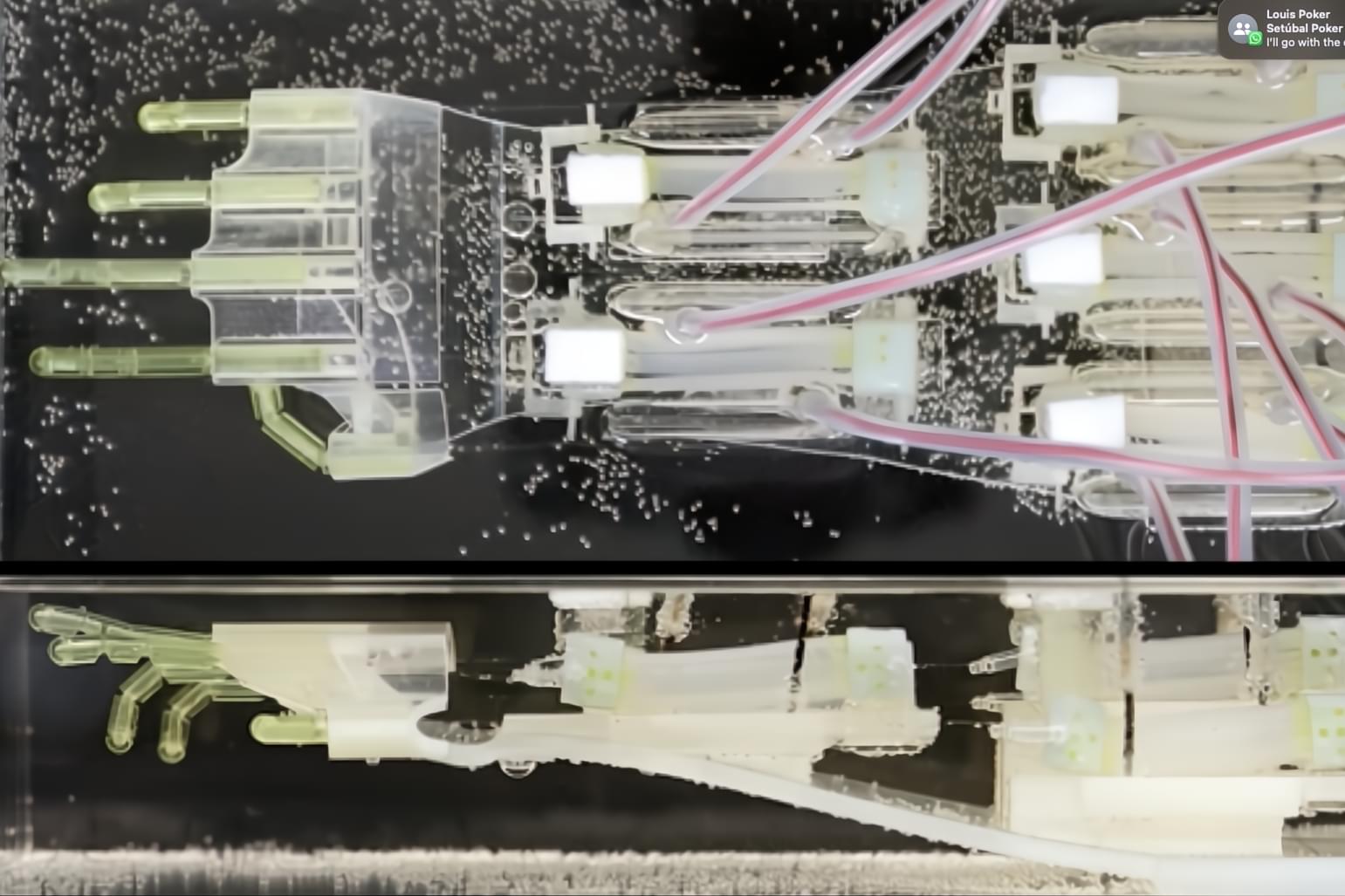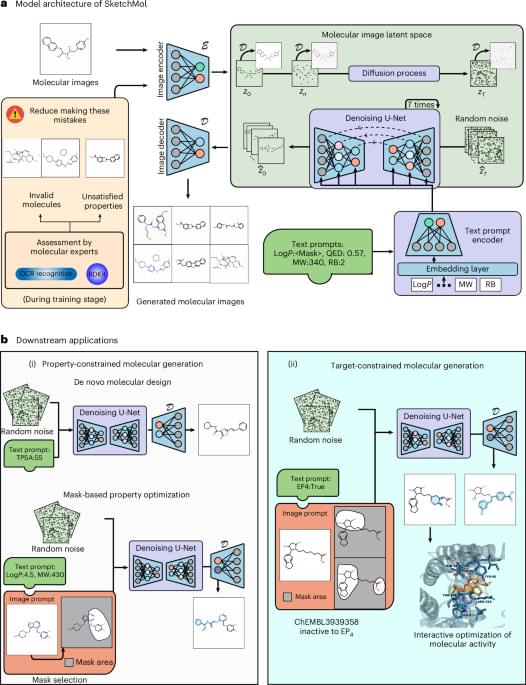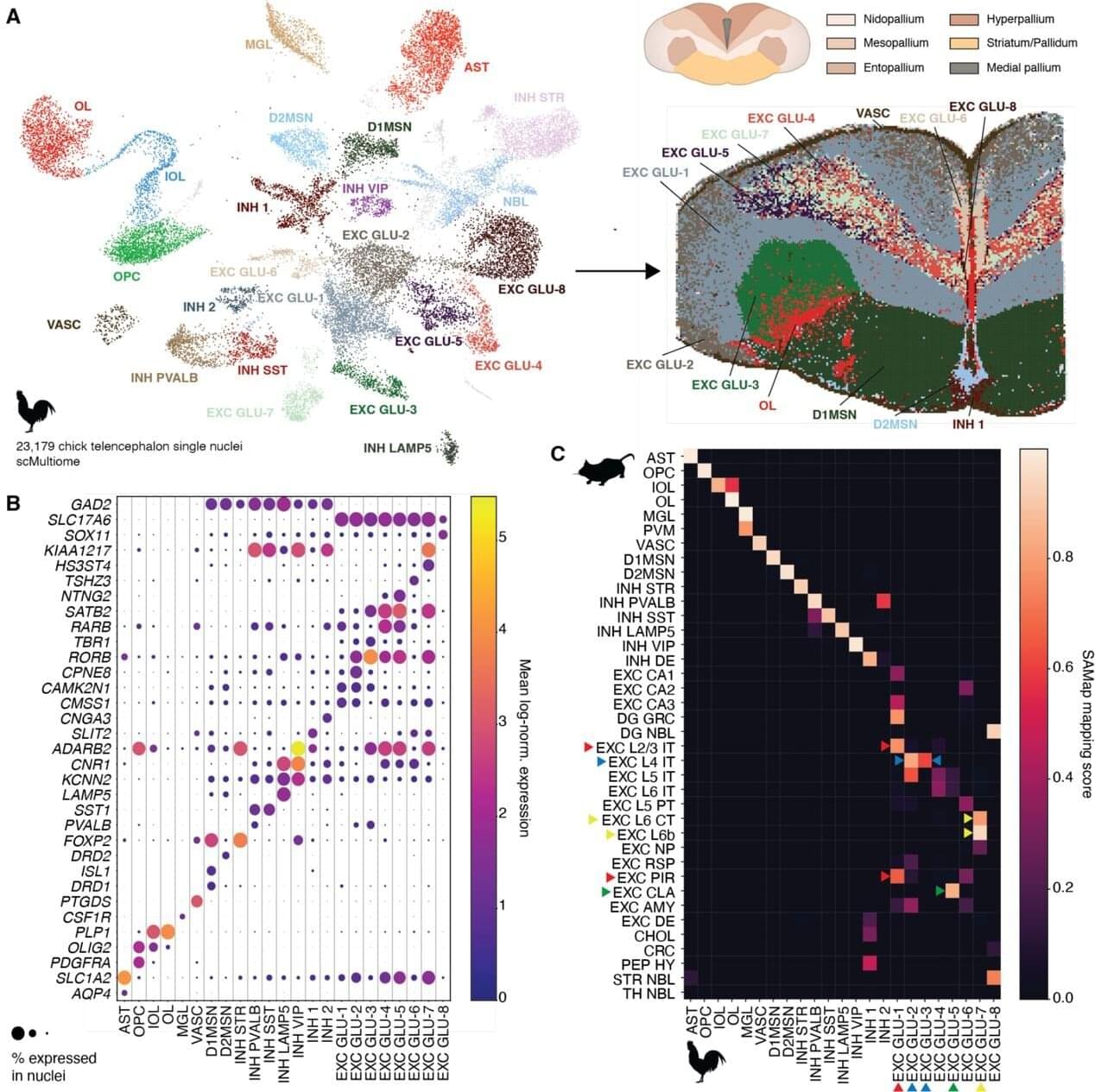Beyond the general recommendation to consume yogurt, this research raises questions about which products might offer the most benefit. Not all yogurts contain the same bacterial strains or concentrations. While many products include Bifidobacterium, the amounts can vary significantly. Future research may help determine whether certain formulations provide better protection against colorectal cancer.
Different subtypes of colorectal cancer may respond differently to preventive measures, suggesting that a one-size-fits-all approach to prevention might not be optimal. This understanding could eventually lead to more personalized prevention strategies based on individual risk factors and gut bacterial composition.
